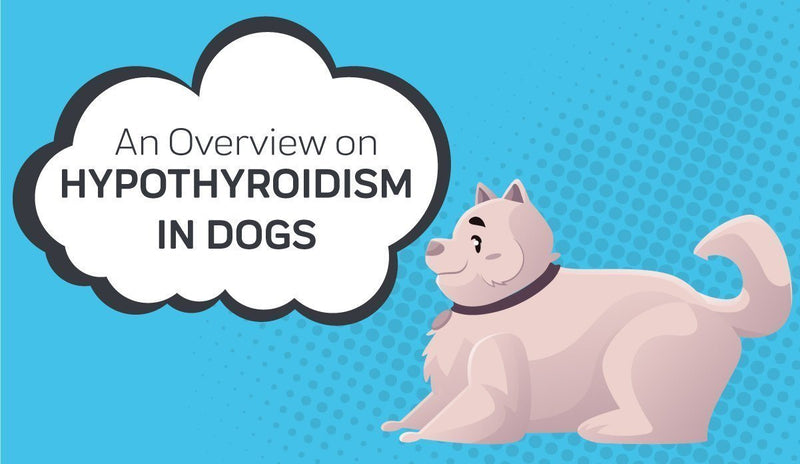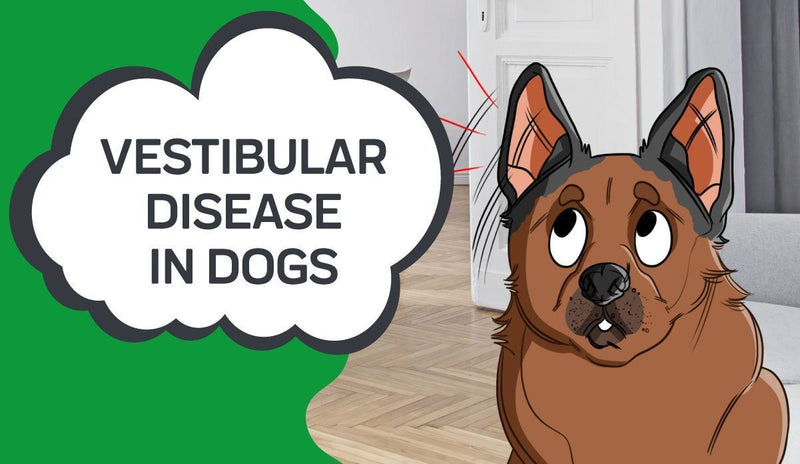- What Are the Symptoms of Tapeworms in Cats?
- How To Treat Tapeworms in Cats
- How to Keep Your Cats Safe from Tapeworms
- Conclusion
Tapeworms are a common feline ailment that most cats will experience at least once in their lifetime. They are not life-threatening and don’t usually cause lasting harm. However, it’s essential to know how to recognize that your pet has an infection. That way, you know how to proceed with treatment.
Tapeworms are intestinal parasites that live inside of a host body and absorb nutrients from it. Flat and segmented, these parasites have hook-like anatomical features in their mouths. They use these hooks to attach to the intestinal wall.
There are several different types of tapeworms, such as Taenia and Echinococcus. The most common tapeworm in cats is the Dipylidium caninum. This species is unrelated to other intestinal parasites that commonly affect felines, such as hookworms and roundworms. The adult parasites can be anywhere between 6 and 23 inches in length.
What Are the Symptoms of Tapeworms in Cats?
So how do you know if your cat has a tapeworm infection? The only sign of an infection that is certain is the presence of proglottids.
Proglottids are tapeworm segments, about one half of an inch in length. These pieces break off from the parasite’s main body as it grows and passes through the animal’s feces.
If you want to diagnose an infection, you may notice these signs of proglottids:

- Tapeworm segments – pieces that look like grains of cooked white rice may be present in a cat’s feces or around its anus.
- Butt scooting – some felines will scoot their butts across the ground due to irritation from these tapeworm segments around the anus, so if you see this behavior, it could be a sign of infection.
- Regurgitation - sometimes, the parasite can detach from the intestinal wall and move into the animal’s stomach. In this case, the cat may regurgitate a live tapeworm, a definite infection sign.
The above symptoms are the only characteristics that can determine the presence of a parasitic infection without question.
There are some other secondary symptoms. These could always be the result of other ailments or conditions. However, they can also sometimes be an indicator that a cat has tapeworms:
- Poor appetite and diarrhea can be the result of the presence of parasites in the intestines. Other indicators include a patchy, deteriorating coat as well as weight loss of a significant amount.
- Intestinal blockages and seizures may occur in cats with particularly heavy infections.
- Haw’s syndrome is another side effect of a significant amount of tapeworms in cats. This condition causes the cat’s third eyelid to protrude.
How To Treat Tapeworms in Cats
Tapeworms can cause quite a bit of discomfort for your pets. Luckily, they are easy to treat. You can eliminate tapeworms in cats using various deworming treatments, all of which have very high success rates.
Anthelmintic
The most common of these treatments is Anthelmintic, which is available in the form of a tablet or an injection.
Anthelmintic causes the worm to die and become digested inside the intestine. As a result of this, the parasite will not release proglottids, and there will be no tapeworm segments in the animal’s stool.
Praziquantel
Another recommended option for treatment is the medication Praziquantel. This medication is effective against all tapeworms species and is available as a tablet, injection, and even a topical cream.
Praziquantel works within hours of administering the medication. For effective treatment, the cat must receive one dose to kill the adult tapeworm and a second dose after two weeks to kill any remaining parasites.
Fenbendazole and Epsiprantel
Another medication that is effective against Dipylidium caninum is fenbendazole.
If your cat has an infection of taenia, a tapeworm species which uses mice, birds, and rabbits as its intermediate host, a prescription for Epsiprantel may be more suitable.
Post-Treatment Care
After treatment, it is crucial to take precautions to prevent reinfection. Take care to properly dispose of pet feces and keep your pet’s environment free of fleas. You can also observe these steps regularly as a preventative measure against infection.
How to Keep Your Cats Safe from Tapeworms
While there is no vaccine for tapeworms in cats, some preventative measures can reduce the likelihood of an infection.
Invest in Flea and Pest Control
The most critical of these preventative measures by far is flea control.
What do fleas have to do with tapeworms? A lot more than you’d think. They are a vital component to the life cycle of the Dipylidium caninum species of tapeworm:

- The parasite’s life cycle begins at the egg stage. Adults of the species have both male and female reproductive organs and thus can fertilize their own eggs, which they store in the proglottids.
- When proglottids release into an animal’s feces, they dry up and break open, releasing up to 20 fertilized eggs.
- Cats cannot get tapeworms from eating these eggs off their feces. An intermediate species needs first to ingest the eggs before they can become infectious. That situation is where the fleas come into the picture.
- Flea larvae will ingest the eggs, which will live inside the host as it matures into adulthood. If your pet accidentally ingests an infected flea while grooming itself, as is most often the case, it is at risk for a parasitic infection.
- During the digestion process, the eggs can release and hatch, allowing the tapeworm larvae to attach themselves to the intestinal wall. The larvae will absorb nutrients from the animal’s intestinal lining, where they will remain as they develop into adults.
Ingestion by the intermediate host is crucial in this parasite’s developmental cycle that allows it to become infectious. Therefore, eradicating the immediate host—the flea—is an effective way of preventing a parasitic infection.
Treating your pet and their environment for fleas is the best way to reduce the risk of infection.
A human can also become a host for a tapeworm by accidentally ingesting a flea, so clearly, it is in everyone’s best interest to make sure that their home is a flea-free environment.
But fleas only function as the intermediate host for the Dipylidium caninum. Other species of tapeworm use different organisms to carry their eggs onward to a permanent host.
Prevent Your Feline from Hunting Wildlife

The Taenia taeniaeformis species use small animals such as mice, birds, and rabbits. Therefore, cats that enjoy hunting have a greater risk of getting this kind of tapeworm.
If your feline hunts regularly, it will need to undergo routine deworming treatments. Otherwise, you may have to switch it to an indoor lifestyle to eliminate the risk of infection.
The Echinococcus species uses large animals such as coyotes, foxes, and rodents. However, this species can also infect a host by ingesting eggs alone and can be fatal to humans.
The most crucial thing to do to reduce your cat’s risk of infection is to treat the cat and its environment for fleas. It would be best to dispose of an infected animal’s feces properly as well. That way, another creature won’t ingest the eggs from the proglottids and spread the infection.
Conclusion
Your cat’s intestinal health is a vital part of its overall comfort and well-being. Take all precautions and preventive measures to ensure that your pet is living a happy and healthy life.
Sources:
Dipylidium FAQsTapeworm Infection in Cats
Tapeworms in Dogs and Cats
Gastrointestinal Parasites of Cats
Tapeworms in Cats - Pet MD

















